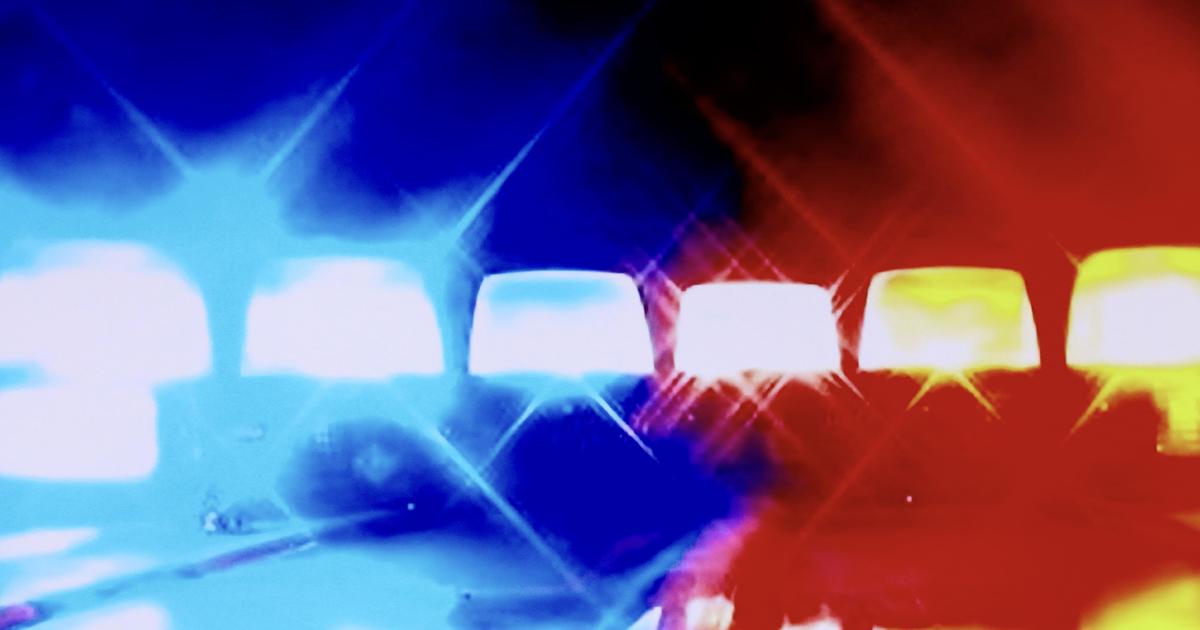Tail Section From Asiana Flight 214 Found In San Francisco Bay; Pilots Being Interviewed
SAN FRANCISCO (CBS/AP/BCN) — Part of the tail section of an Asiana Airlines jetliner that crashed at San Francisco International Airport was found in the waters of San Francisco Bay, and debris from the seawall was carried several hundred feet down the runway, a federal official said Monday.
National Transportation Safety Board chairwoman Deborah Hersman said the lower portion of the plane's tail cone was found in rocks inside the seawall. "A significant portion of the tail" of the aircraft was in the water, and other plane parts were visible at low tide, she said at a news conference.
- SFO Plane Crash: Photo Gallery | Video Archive | Latest Updates
During Saturday's crash, the plane struck the seawall on the edge of the runway and bounced before skidding to a stop to the left of the runway, where flames engulfed the aircraft shortly afterward.
Two 16-year-old girls died as a result of the crash, while more than 180 others were injured. But remarkably, 305 of 307 passengers and crew survived the crash and more than a third didn't even require hospitalization. Only a small number were critically injured.
Investigators trying to understand why Asiana Flight 214 crash landed focused Monday on decisions made in the cockpit of the giant jet, where an experienced pilot was learning his way around a new aircraft and fellow pilots were supposed to be monitoring his actions.
NTSB lead investigator Bill English said pilot interviews were going slowly because of the need for translation. The interviews began Monday only after agents from the Korean Aviation and Rail Accident Investigation Board arrived from South Korea.
Hersman said the pilot who was at the controls was experienced flying other planes, but was working to get his rating on the Boeing 777.
The airline acknowledged Monday in Seoul that the pilot had little experience flying that type of plane and was landing one for the first time at San Francisco International Airport.
Asiana Airlines spokeswoman Lee Hyomin said that Lee Gang-guk had nearly 10,000 hours flying other planes but only 43 hours in the 777, a plane she said he still was getting used to flying.
It's not unusual for veteran pilots to learn about new aircraft by flying with more experienced colleagues. Another pilot on the flight, Lee Jeong-min, had about 12,390 hours of flying experience, including 3,220 hours on the 777, according to the Ministry of Land, Infrastructure and Transport in South Korea. Lee was the deputy pilot, tasked with helping Lee Gang-guk get accustomed to the 777, according to Asiana.
It was unclear whether the other two pilots were in the cockpit, which seats four. But that would be standard procedure at the end of a long international flight.
Once the pilot interviews are complete, there will be more information about who was operating the aircraft at the time of the accident, Hersman said.
She added that investigators would also be looking into the pilots' activities, including how much rest they had gotten, in the 72 hours prior to the crash.
"We're often looking for things that would affect human performance," she said, including illness, the use of medication and most notably - fatigue.
The crash occurred after a 10-hour nighttime flight. As is typical for long flights, with four pilots aboard it allows the crew to take turns flying and resting. But pilots who regularly fly long routes say it's difficult to get restful sleep on planes.
The accident occurred in the late morning in San Francisco, but in Seoul it was 3:37 a.m.
"We're looking at all of those things to see if there's any impact on their ability to perform their jobs," Hersman said of the pilots.
Investigators said Asiana Flight 214 was traveling "significantly below" the target speed during its approach and that the crew tried to abort the landing just before it smashed onto the runway. What they don't yet know is whether the pilot's inexperience with the Boeing 777 and at San Francisco's airport played a role. Officials said the probe will also focus on whether the airport or plane's equipment also could have malfunctioned.
Investigators said the weather was unusually fair for foggy San Francisco. The winds were mild, too. During the descent, with their throttles set to idle, the pilots never discussed having any problems with the plane or its positioning until it was too late.
Seconds before the plane struck down, a member of the flight crew made a call to increase the jet's lagging speed, Hersman said. Then came a warning that the plane was about to stall and cockpit communication that the crew wanted to abort the landing and go back up for another try, she said.
At impact the plane's airspeed was about 106 knots, well below the 137 knots it should have been going as it crossed the runway, Hersman said Monday.
A key question raised by the NTSB's account is why two experienced pilots -- the pilot flying the plane and another supervising pilot in the other seat --apparently didn't notice the plane's airspeed had dropped dangerously low.
Part of the answer to that question may lie in whether the pilots were overly reliant on automated cockpit systems, something aviation safety experts have longed warned against. It's too soon to say if that was the case in the Asiana crash, but it's something NTSB investigators will be exploring, they said.
(Copyright 2013 CBS San Francisco, the Associated Press and Bay City News. All rights reserved.)



